Electronic Plush Wonders: Engaging Playtime for Children
What Are Electronic Plush Toys?
From Stuffed Animals to Smart Companions
Electronic plush toys have transformed from traditional stuffed animals into smart companions that offer a dynamic play experience for children. Initially, stuffed animals were cherished for their cuddly softness and simple charm, but advancements in technology have elevated these toys to another level. By integrating electronic components like sensors and sound, modern plush toys have become interactive, responding to touch, sound, and movement. While traditional stuffed animals primarily serve as comfort items, electronic plush toys bring interactivity and responsiveness to the playtime experience. They can sing, dance, or even learn and respond to speech, creating a unique bond with children and enhancing imaginative play.
Key Features of Modern Interactive Plush
Modern interactive plush toys boast several key features that enhance play experiences and foster engagement in children. These toys are often equipped with sophisticated technologies such as voice recognition, touch sensors, and AI capabilities, allowing children to interact with them in novel ways. For example, some toys can recognize words and phrases, offering interactive learning experiences that teach numbers, letters, or even basic languages. Additionally, touch sensors enable toys to respond with gestures or sounds, boosting children's engagement and creativity. Popular examples like Curlimals, Hatchimals, and Furby demonstrate these innovative features, each providing unique interactions and developmental benefits for young minds.
Developmental Benefits of Interactive Plush Toys
Enhancing Language and Social Skills
Interactive plush toys play a significant role in nurturing children's language and social skills. By engaging in verbal interactions with these toys, children can develop language skills, as evidenced by studies showing that such engagements improve vocabulary and pronunciation. The interactive nature of these toys, such as talking and mimicking speech, allows children to practice conversational turn-taking, akin to real-life social interactions. An example scenario includes a child conversing with a toy that responds to questions, reinforcing both vocabulary and social skills.
Encouraging Active Play and Motor Development
Plush toys with interactive features significantly promote active play and motor development in children. These toys often come equipped with functionalities like dancing or bouncing, encouraging children to move, which in turn aids in developing motor skills. Child development experts emphasize the importance of active play for physical coordination and balance. For instance, when a plush toy invites a child to dance along, it not only releases energy but also enhances motor skills through rhythmic movement.
Comfort Elements: The Role of Soft Plush Materials
The soft plush materials used in these toys provide a comforting experience that is essential for children's emotional development. These materials are crucial in offering psychological benefits, acting as comfort items that aid in stress relief. Research underscores the importance of such tactile experiences for advancing emotional security. Children often form attachments to soft toys, deriving comfort from their texture, which is a vital element in their emotional and social growth.
Innovative Technologies in Plush Toys
Voice Sensors and Motion-Activated Responses
Voice sensors are revolutionizing plush toys by enabling them to interact dynamically with their environment. These sensors detect changes in sound levels, allowing toys to respond to speech and create engaging experiences for children. Motion-activated responses further enrich this experience by adding layers of interactivity. For instance, a plush toy might wiggle or sing when a child approaches, making playtime more exciting and immersive. An excellent example of such technology is the AI-powered storytelling bear, Poe, which uses voice and motion sensors to captivate children with personalized stories, as described in recent reports by experts like Bridget, a seasoned consumer tech reporter. The feedback from users consistently highlights a significant enhancement in the toy's appeal, indicating that these technologies are not only innovative but also incredibly effective at capturing a child's attention.
Integrating Music and LED Lighting
Music and LED lighting have become essential features in plush toys, turning them into interactive companions that stimulate both hearing and sight. Auditory stimulation through musical features can aid in cognitive development and rhythm recognition in children. Similarly, LED lights offer visual stimulation, captivating a child’s attention and fostering creativity. Toys that incorporate these elements, such as the Spin Master Transformers 4D Build Optimus Prime, use music and lights to create a more engaging experience that stands out in the marketplace. Studies show that pairing auditory and visual stimuli in children's play can enhance their sensory development, making these toys not just fun but educational as well. Such features have also been linked to improved mood and excitement during play, contributing to a toy's popularity among parents and children alike.
Safety and Durability Considerations
Choosing Age-Appropriate Designs
When selecting plush toys, it's crucial to consider age-appropriate designs to ensure safety and enjoyment for the child. Different age groups have specific needs and vulnerabilities, making it essential to choose toys that match their developmental stage. For instance, toys for babies should be free from small parts that could be a choking hazard, whereas toys for older children can incorporate more intricate designs. By adhering to safety standards, such as those set by regulatory bodies like ASTM International, consumers can be confident in their choices. Most manufacturers, including those evaluated in Good Housekeeping’s Best Toy Awards, emphasize age-appropriate recommendations in their products, ensuring both safety and developmental benefit. Ultimately, the right plush toy not only entertains but also contributes to a child's growth and learning in a secure manner.
Maintenance Tips for Long-Lasting Play
Maintaining plush toys, especially electronic ones, requires careful attention to ensure their longevity and continued enjoyment. Regular cleaning is essential as it prevents the buildup of dirt and germs, a sentiment echoed by cleaning experts like Melissa Maker. She offers practical advice- such as using a delicate wash in cool water for hand-cleaning plush toys while avoiding submersion if they have electronic components. Ensuring toys are completely dry helps prevent mold and mildew, and storing them away from direct sunlight prolongs their quality. Additionally, troubleshooting common issues like electronic malfunctions can often be mitigated by fundamental practices such as removing batteries if not used for extended periods. By following these tips, you ensure your plush toys remain soft, clean, and functional, preserving their place as favorite companions in playtime.
The Future of Electronic Plush Wonders
Trends in Customizable Plush Experiences
The growing trend of customizable plush toys is transforming the industry by offering personalized experiences to consumers. Companies like BLDR Squishmallows are leading this trend, integrating technologies that allow users to personalize their plush toys with unique features and designs. Innovations such as interchangeable parts, voice recordings, and application-enabled customizations are becoming prevalent. As this trend continues to evolve, I predict that future plush toys will increasingly incorporate advanced customization technologies, allowing consumers to design toys that reflect their personalities and preferences. It's clear that the future of plush toys is leaning heavily toward customization, opening new avenues for creative expression and individual preference.
Sustainability in Plush Toy Manufacturing
The plush toy industry is seeing significant shifts towards sustainability, with manufacturers adopting eco-friendly materials and practices. By using organic cotton, recycled plastic fibers, and low-impact dyes, companies aim to reduce their environmental footprint. The importance of sustainability extends beyond manufacturing to include consumer preferences with many buyers prioritizing environmentally conscious choices. Current industry data indicates a rising demand for eco-friendly products, pushing manufacturers to prioritize sustainable designs. As the plush toy market progresses, the focus on sustainable production is expected to grow, aligning with global efforts to promote environmental conservation and responsible resource use. These green initiatives not only meet consumer expectations but also contribute positively to the planet.

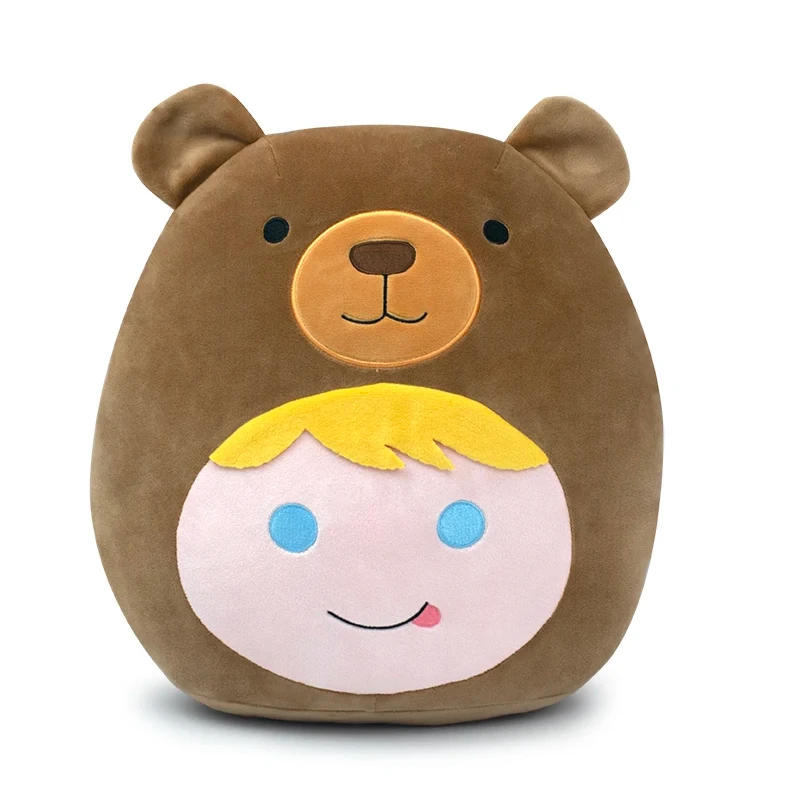
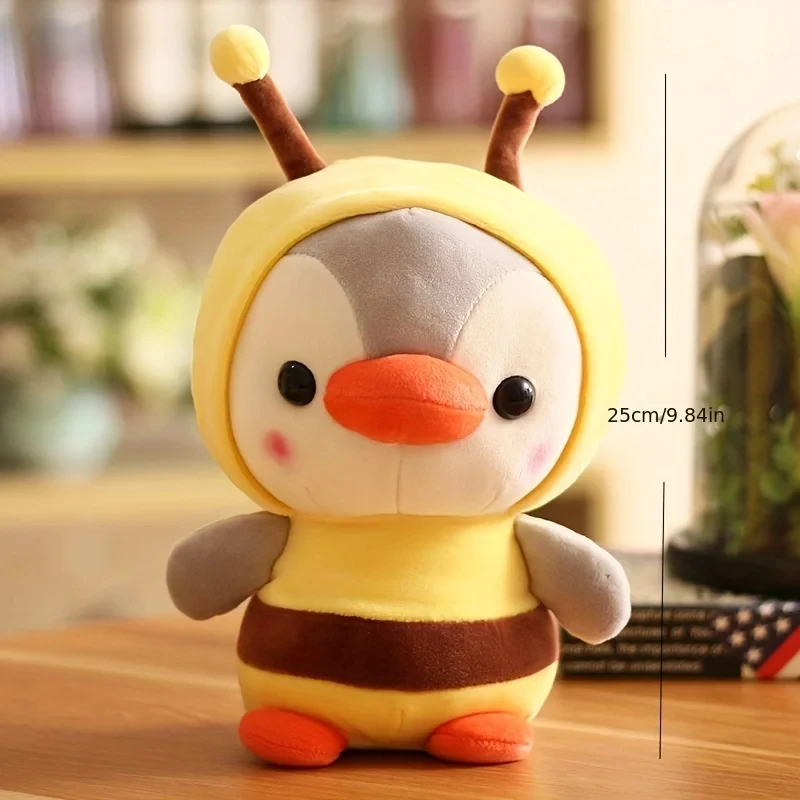
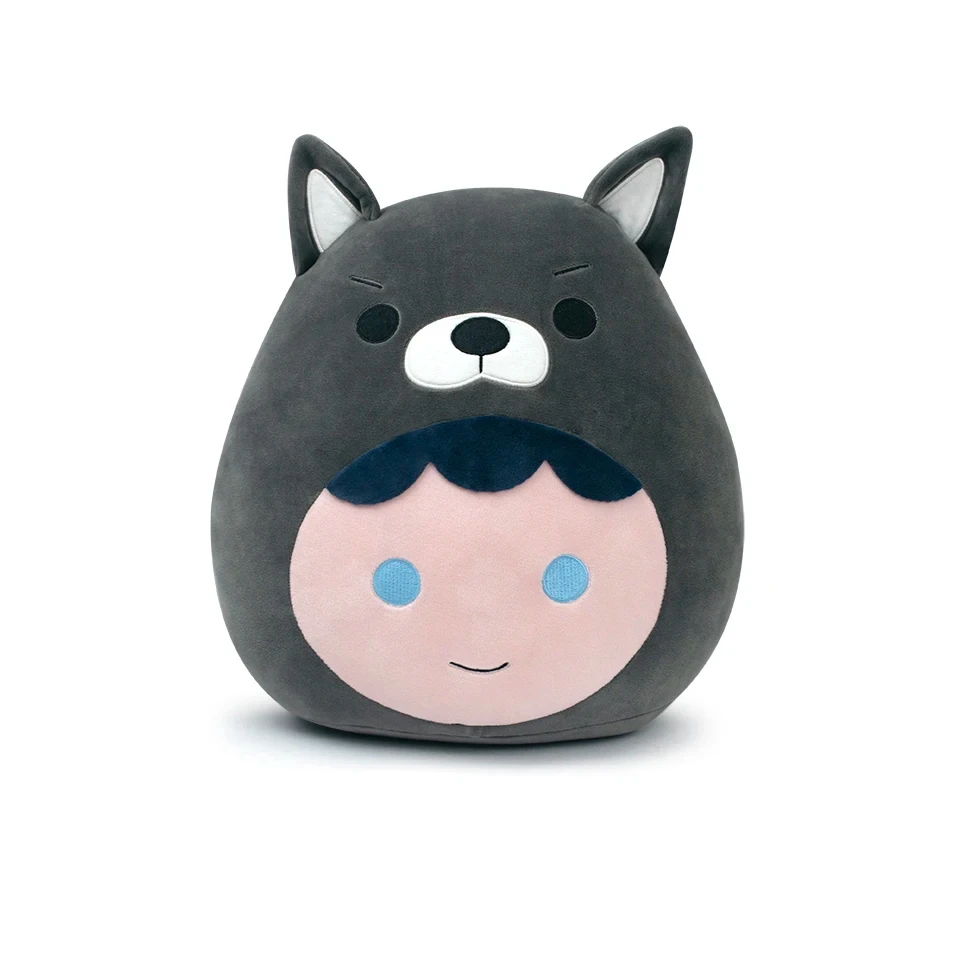
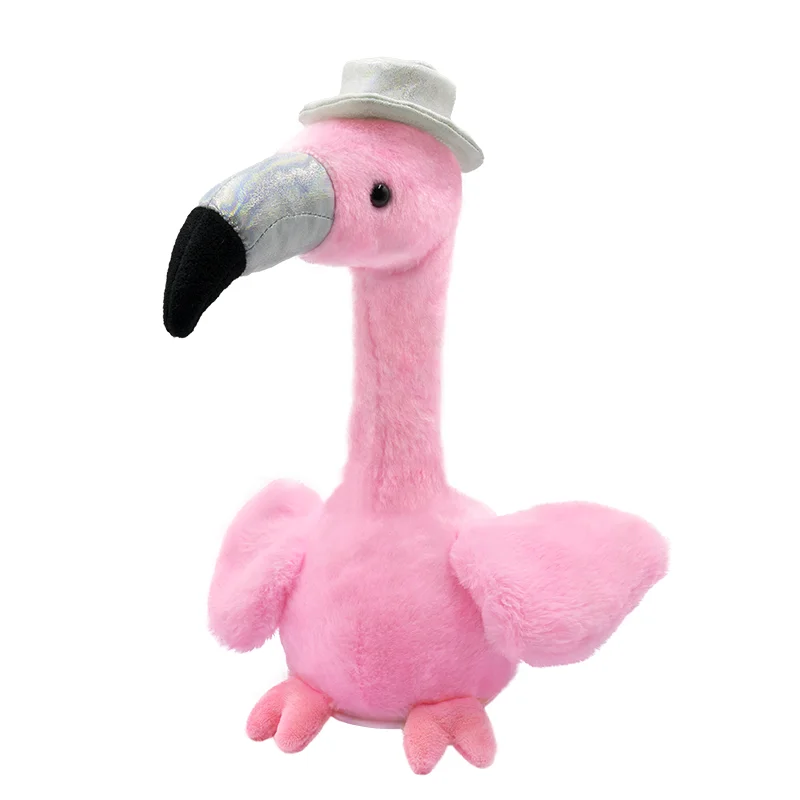
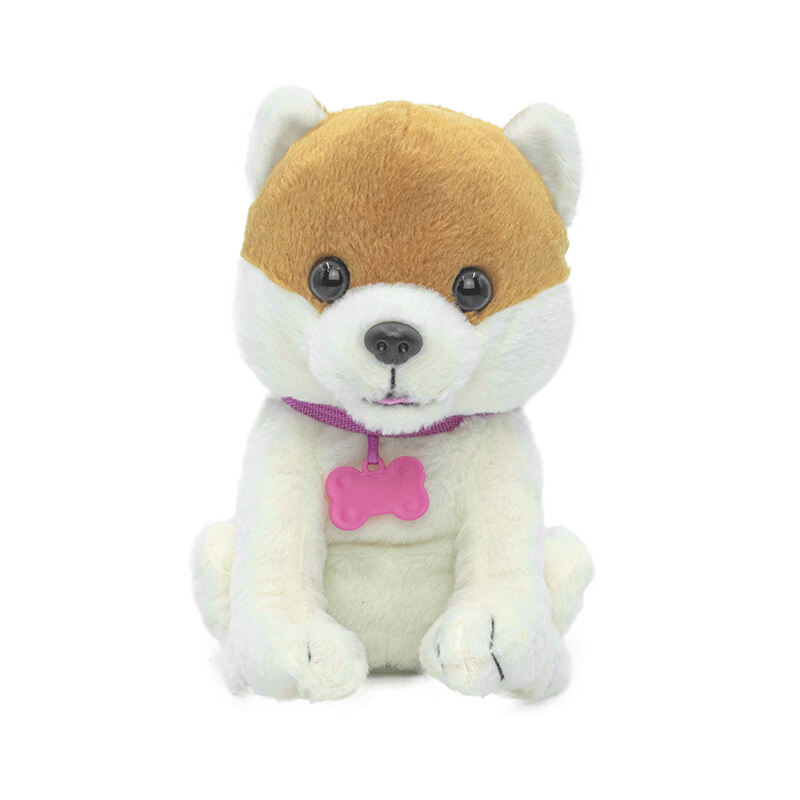
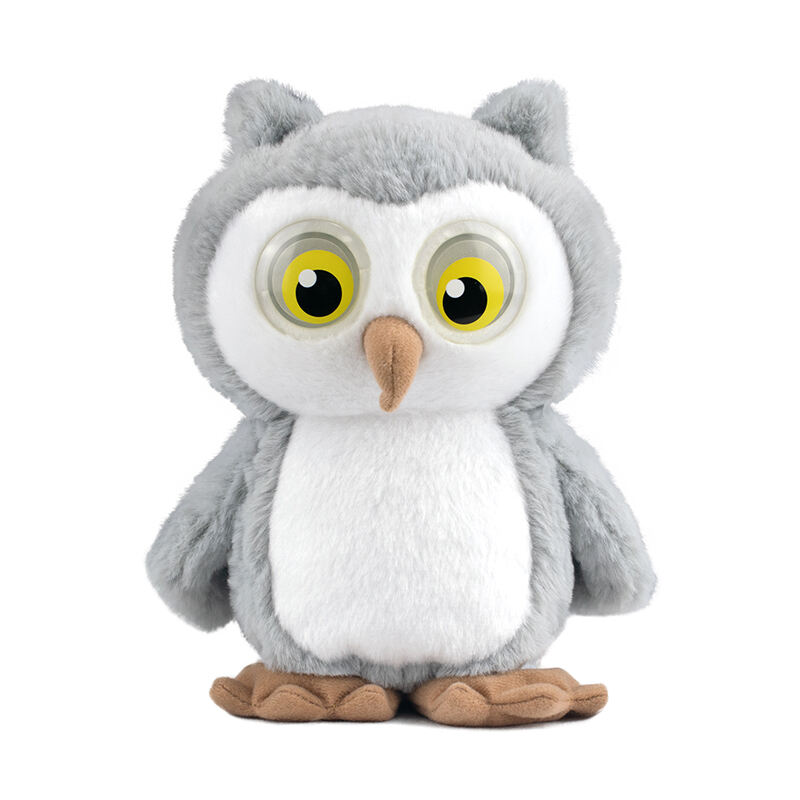
 Hot News
Hot News